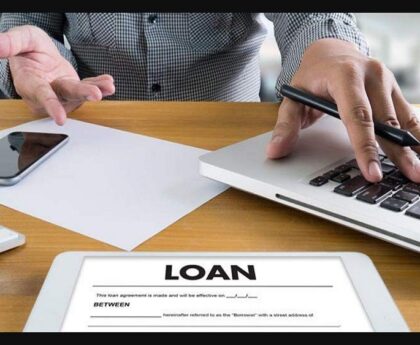Knowing how much money you need to borrow before going through the loan approval process will help you stick to a reasonable loan amount. If you want to cover an expense (e.g. appliance replacement or home repairs), it may be easier, but if you’re planning to consolidate debt or are looking to get some cash, you’ll need to maybe do some math.
You may be eligible to borrow more money than you actually need. Having a fixed loan amount in mind before you begin the approval process can save you from borrowing more money than expected.
How much payment can you afford to repay?
Use your monthly budget to determine how much money you can set aside to pay off your loan. Establishing in advance what works and what doesn’t will help you avoid getting into too much debt. Ideally, you should have some leeway and be able to put money aside, despite adding this payment obligation to your budget. This will help you avoid being unable to make your loan payments in the event of the unexpected.
How long will it take you to repay the loan?
The term of the loan is the time you will have to repay your loan. You may want to extend the term of the loan (ie 60 months or more), or you may find yourself in a difficult financial situation in the short term and be able to repay your loan in a shorter period of time.
The term of the loan affects the amount of payments, the cost of borrowing and the loan product you choose to purchase. It is important to know how long you want to take to repay the loan when borrowing money.
A longer loan term allows you to spread out the repayment of the loan, which reduces the amount you have to pay each time, but increases the total repayment term and the period over which you will pay interest.
A shorter loan term means more payments, but fewer months you’ll be charged interest.
If you want some flexibility with the term of the loan, or the ability to repay your loan at any time, you may consider taking out an unsecured personal loan rather than a secured personal loan .
What is the cost of borrowing?
Your lender should be able to tell you the cost of borrowing for the loan, including the interest rate and the total cost of borrowing (in dollars) over the term of the loan.
This information can help you decide how much money you want to borrow and what loan term you want to choose. The higher the amount borrowed and the longer the term of the loan, the higher your cost of borrowing will be.
Are there options to reduce the cost of borrowing?
Likewise, your lender can help you find ways to reduce the cost of borrowing.
Are you able to choose a shorter loan term, which increases the amount of payments but lowers the total interest costs?
Are you able to choose a loan product with a lower interest rate (ie a secured personal loan if you are a homeowner)?
Do you have the option of repaying your loan earlier if you have the necessary funds? If so, will you have to pay a prepayment penalty?
The answers to these five questions will help you make a more informed borrowing decision. You will have control of your loan agreement and be able to make the best decisions for yourself, today and in the future.





